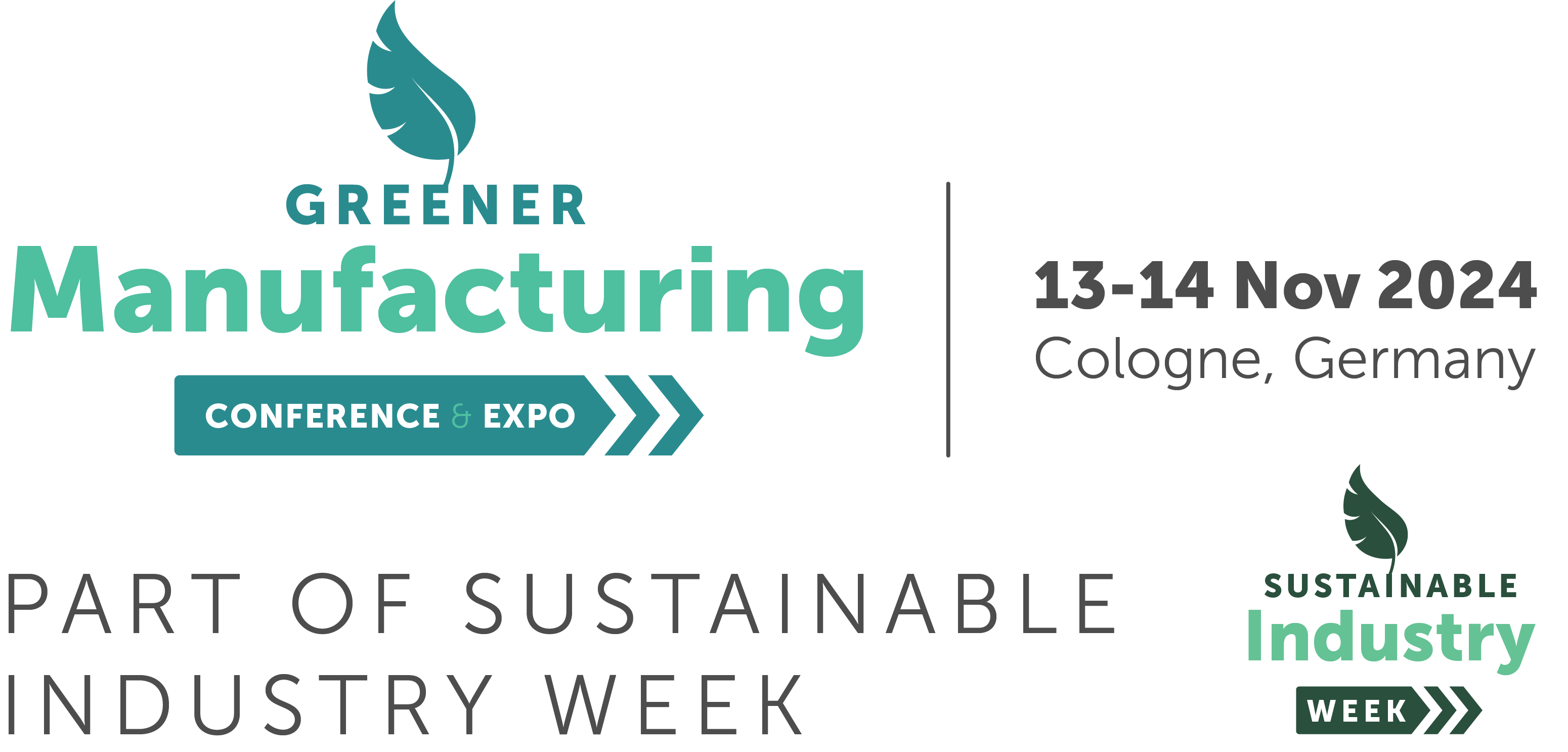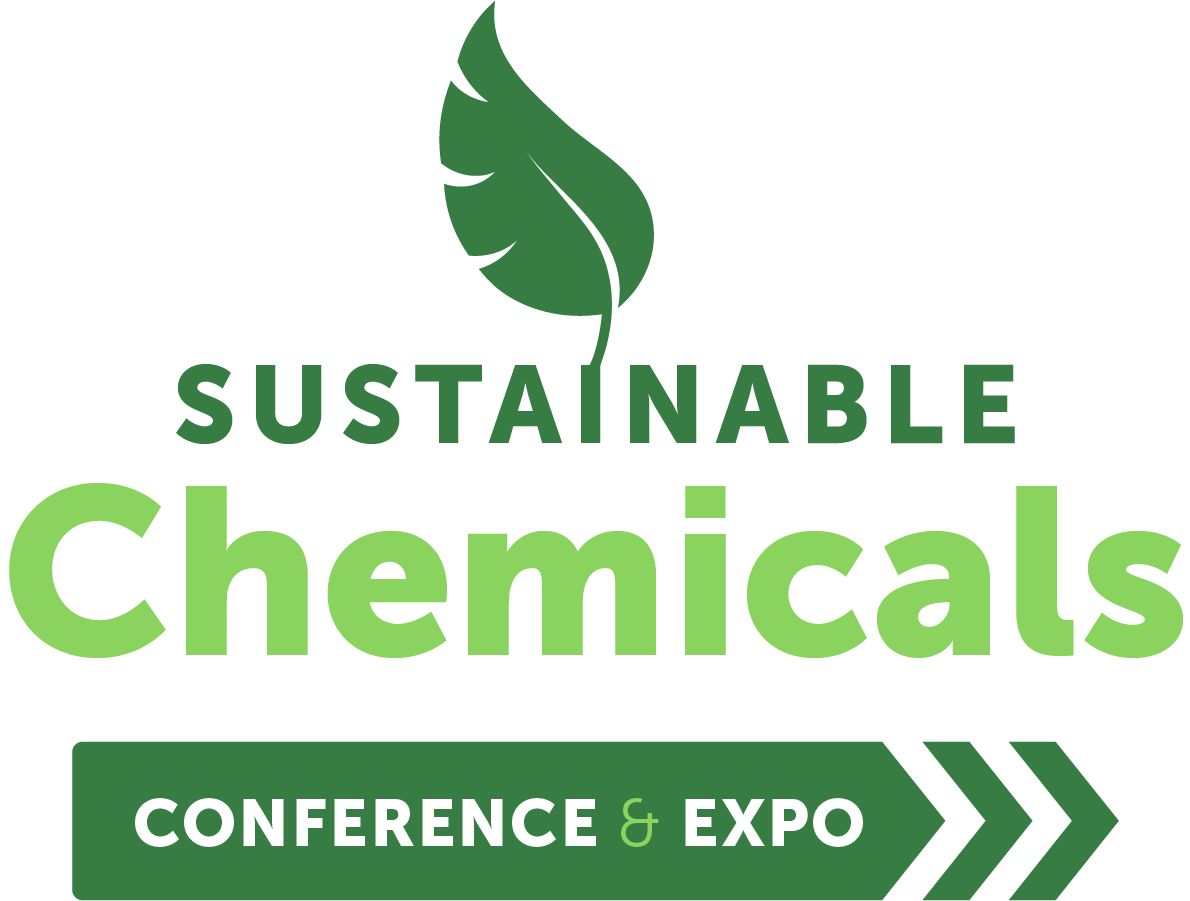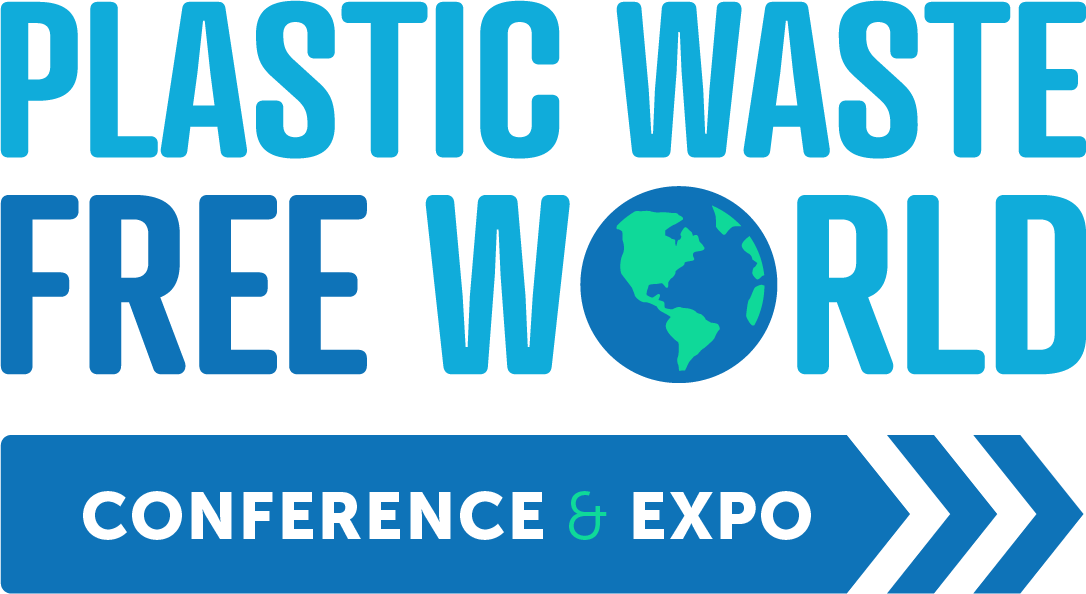Climate Neutrality Through Digitization
09 Nov 2023
Reducing Manufacturing Emissions
2045: The year in which net greenhouse gas neutrality is to be achieved. The "Intergenerational Contract for the Climate" (2021, ) is ambitious. To achieve net greenhouse gas neutrality in 2045, upstream reduction targets are defined: By 2030, a 65% reduction from 1990 levels is envisioned. This corresponds to 372 MT CO2 equivalents defined as a savings target (2021, p.4, ). To be able to achieve this goal, it is clear, it needs changed approaches and ways, especially those that can be implemented quickly. The digitization is one such means, which is why the goal of net greenhouse gas neutrality increases the relevance of this. This is due in part to the scalability of digital technologies, as well as the ability to implement them quickly, according to Holst et al. (2021, p.5, ). It is precisely these that have been highlighted in the widely cited study "Climate effects of digitization - Study to estimate the contribution of digital technologies to climate protection" by bitkom, conducted by accenture, that digitization has a fundamental influence on the achievement of the climate protection targets for 2030 in Germany. But digitization not only plays a fundamental role in achieving climate goals, the economic relevance and necessity of companies focusing on sustainable technologies are also of tremendous importance. According to former Environment Minister Schulze, the GreenTech market has been one of the markets that was not as badly affected by the pandemic as the economy as a whole. economy as a whole and contributed to the stabilization of the German economy . The second largest emission driver in Germany after energy production is the industry; thus of central importance for climate change [1,5]. In the production process, optimized production processes are usually considered, but due to the energy price increases and the energy audit obligation, the consideration of production-relevant cross-sectional technologies (utilities) is becoming increasingly relevant. The most expensive utility technology is compressed air. There are approximately 310,000 compressed air systems installed in Europe. To generate the industrial compressed air required for this purpose, nearly 80 TW/h of electricity is needed. To get a feeling for this order of magnitude: This corresponds to about 8 times the annual electricity consumption of the city of Hamburg. If compressed air is used efficiently and smartly, there is potential for savings of up to 50%. Energy efficiency and transparency are the focus of our tech-start-up LOOXR. Our goal is to optimize the expensive energy carrier compressed air with our software by measuring, visualizing and analyzing compressed air key data and leakages from the entire compressed air process via web applications. Using intelligent software, we are able to offer smart and energy-efficient compressed air and leverage a savings potential of up to 50%. If we were chosen for a speaking slot, we would point out the potential in the field of compressed air based on customer examples throughout the whole process chain of compressed air. The customer examples would be out of different industries due to the fact that compressed air is relevant in 90% of all producing industries and would offer best-practice examples for other corporations to identify a potential to decrease both: energy-costs as well as CO2-emissions. Further information can be found in our latest publication “Climate neutrality through digitization - from the transformation of analog technologies and GreenTech Unicorns”
Speakers






